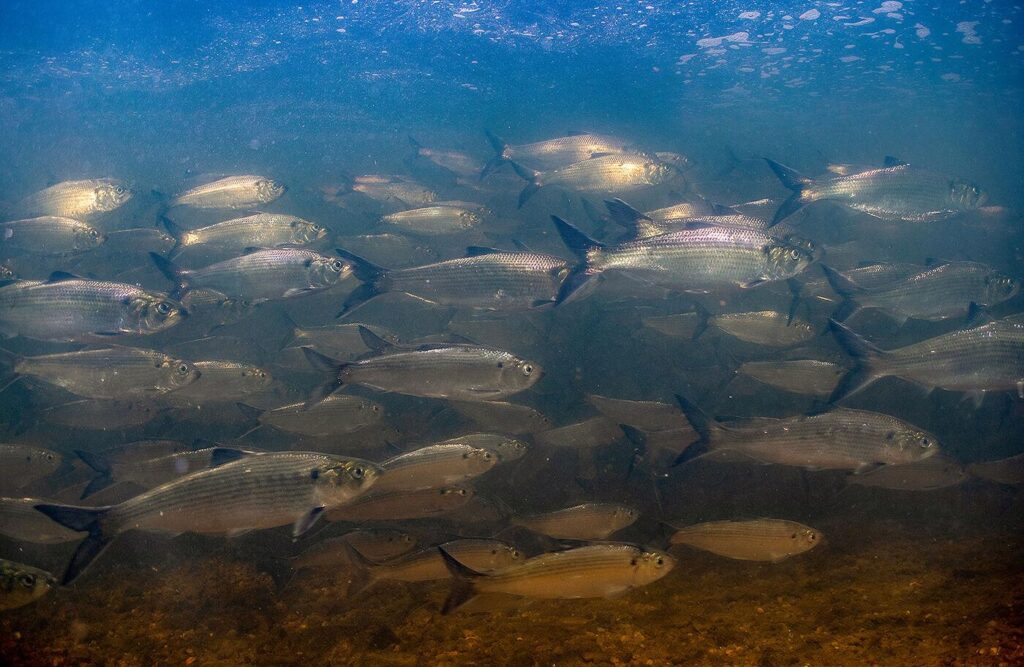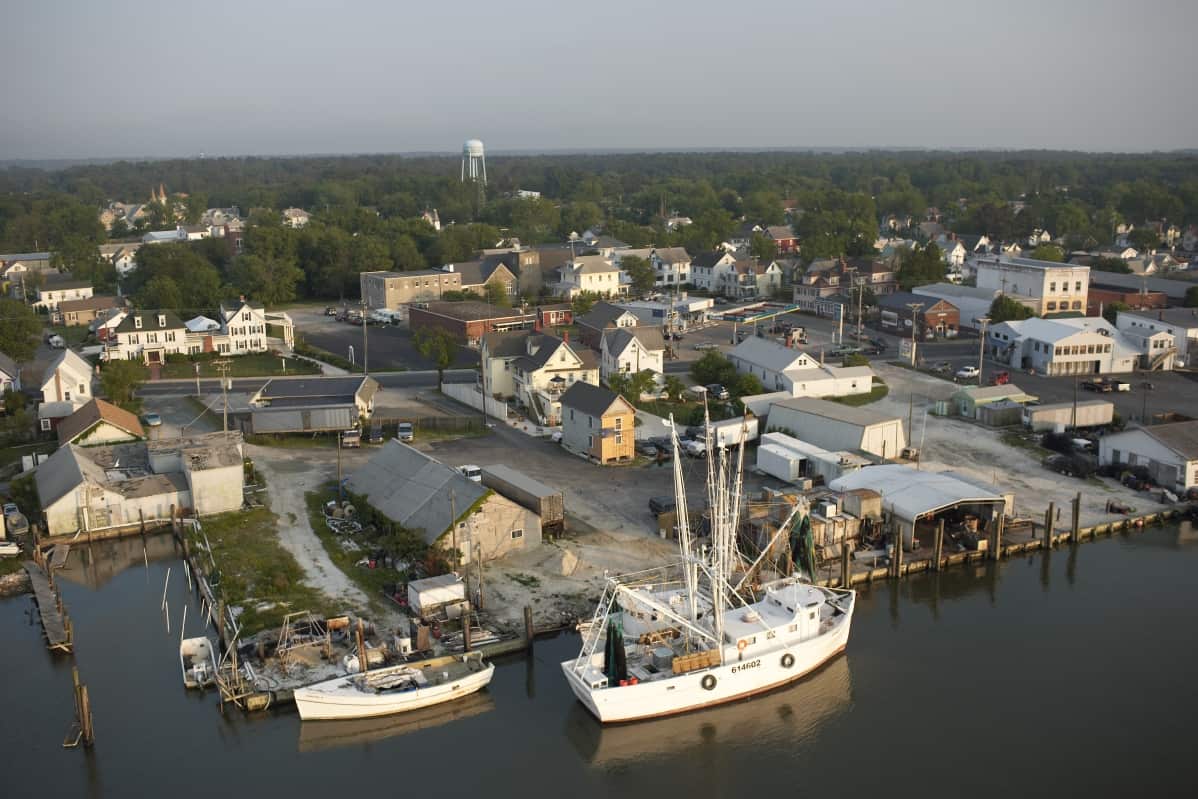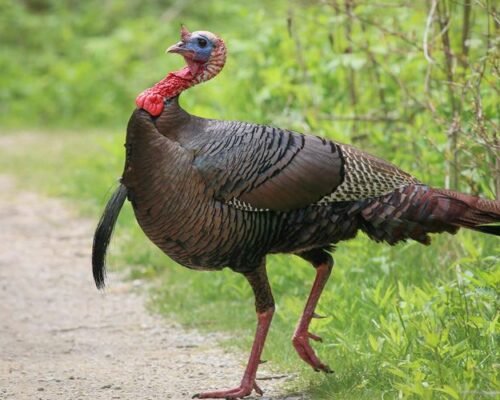The Virginia Marine Resources Commission voted on Dec. 3 to deny the Virginia Coastal Conservation Association’s petition to establish a 10 fish daily creel limit for hickory shad.
Three board members were concerned about setting fishery regulations without scientific backing. Board member A.J. Erskine said the protection “seems to be premature.” All board members were in favor of denying the petition.
CCA Virginia has been proposing protections for the species since 2019. As we reported, the association submitted the petition to the state in July to limit the recreational harvest of hickory shad to 10 fish a day.
Editor’s note: If you ever caught a hickory shad, you’d remember it. They are small, silvery fish that jump repeatedly and fight hard. They will remind you of baby tarpon.
Hickory shad acts as an ecosystem bridge between the zooplankton it eats and the predators that eat hickory shad. Currently, the catch is not regulated in the Virginia portion of the Chesapeake Bay watershed.
Wayne Young, CCA Virginia hickory shad team coordinator, is concerned because the population of all four shad species have declined and the creel limit could potentially prevent over-harvesting.
There is no stock assessment and little data on the species. According to electrofishing survey data from the Virginia Department of Wildlife Resources, hickory shad catch rates have been declining in the James and Rappahannock rivers for the last four years.
The Virginia Institute of Marine Science found that the limit is unnecessary, and anecdotal data suggest that the passage of hickory shad through Virginia rivers during spawning season is consistent overall.
Lyle Varnell, VIMS associate director for advisory services, told the commission that the institute would begin monitoring hickory shad in 2025 by tracking its “abundance and other biological characteristics” over time. VIMS will revisit management strategies if researchers see a downward trend of the species in Bay tributaries.
The association can submit an appeal to challenge the ruling.
This story first appeared at bayjournal.com.




